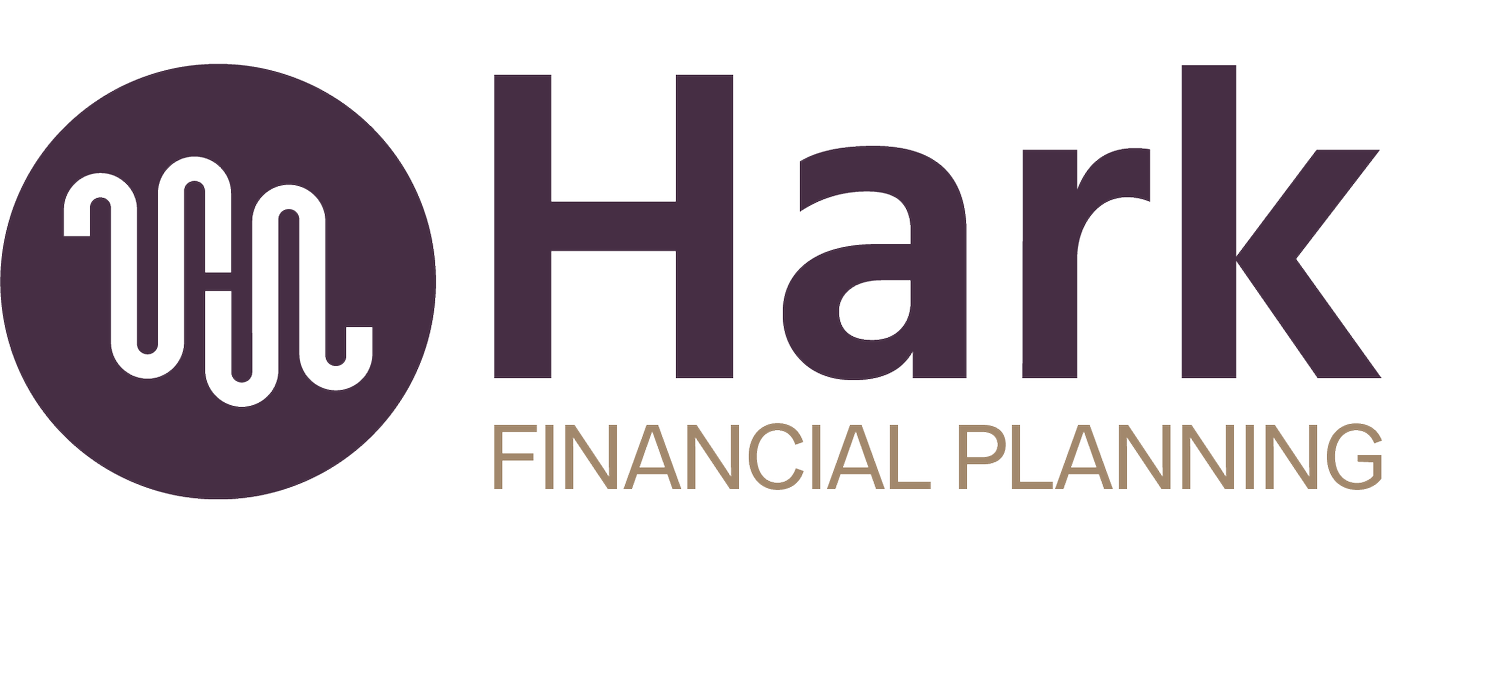Planning Ahead for Private School or College Tuition? Start Now.
Whether you’re looking at private school tuition for next year or college a decade from now, one thing is true:
The earlier you start planning, the more options—and peace of mind—you’ll have.
Education is one of the biggest investments families make. And when you’re juggling competing goals—retirement, business growth, childcare, even just keeping up with rising costs—it’s easy to delay. But the longer you wait, the harder it gets to play catch-up without sacrificing other priorities.
Here’s how to get ahead.
1. Start With the Big Picture
Before you run the numbers, ask:
What kind of education do we want for our child?
How much flexibility do we want in our future budget?
Are we open to financial aid, scholarships, or other forms of support?
What are our other goals and how do those balance out against our educational priorities?
Answering these questions first helps you determine not just how much to save, but how much you want to fund—and what tradeoffs you’re comfortable making.
2. Use the Right Accounts
For long-term savings, tools like 529 plans can offer tax advantages, especially if you’re investing for 10+ years.
For shorter-term tuition (like K–12 private school), 529s can still be useful—but you’ll want to balance that with more flexible, accessible savings or investment accounts.
A few common options:
529 Plans – Tax-advantaged growth and withdrawals for qualified education expenses.
Brokerage Accounts – More flexible, but no tax breaks.
Trusts or Custodial Accounts – Useful in specific estate planning or wealth transfer strategies.
Trump Accounts – These new accounts will start to be available in the coming year.
The right mix depends on your timeline, tax situation, and goals.
3. Don’t Forget Cash Flow
Education expenses don’t always show up as one big lump sum—they often hit monthly or quarterly, just like everything else.
So it’s not just about having the savings—it’s about integrating tuition into your family’s overall financial plan and making sure you’re not stretching your cash flow too thin.
This is especially important for self-employed professionals or law firm partners with irregular income: timing matters.
4. Balance This With Retirement (Seriously)
We say this with love: there are no loans for retirement.
It’s noble to want to pay for 100% of your child’s education—but not at the expense of your own future stability. If you’re feeling pulled in too many directions, start with this rule of thumb:
Fund your own future first. Then support theirs.
A clear, sustainable plan can help you do both.
5. Revisit Your Plan Every Year
Your income, expenses, and goals will evolve. So should your plan.
Whether you’ve got toddlers or teens, it’s worth checking in each year to:
Reassess school goals and timing
Track your progress
Adjust contributions based on other needs
Rebalance investment allocations
That’s what we do with our clients at Hark. Not just save—but plan.
You Don’t Have to Do It Alone
Navigating private school or college planning can feel overwhelming. But you don’t need to know all the answers before you start. You just need a guide who can help you ask the right questions, build a smart plan, and stay on track through all of life’s changes.
Let’s talk. Your child’s future — and your peace of mind — are worth it.

